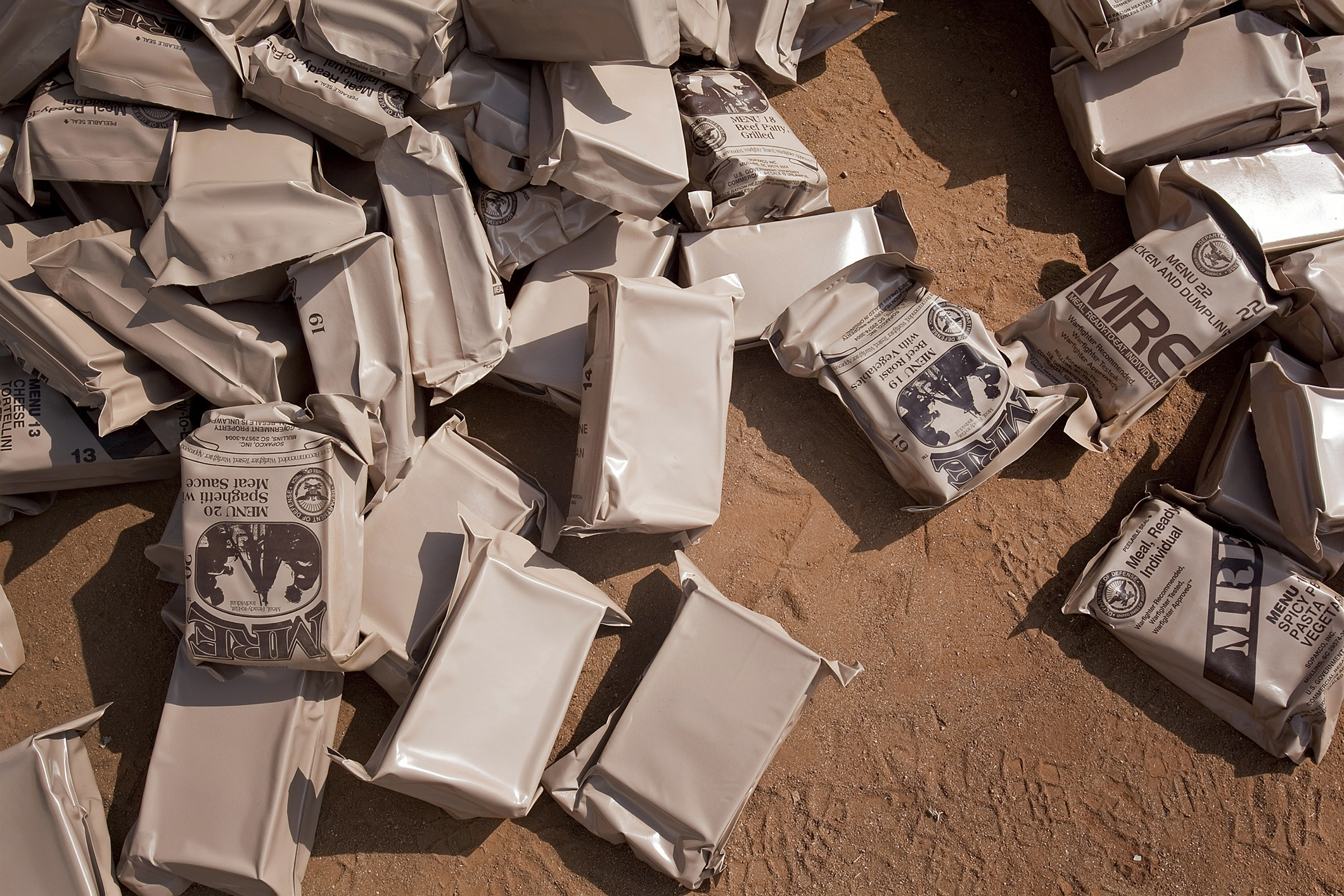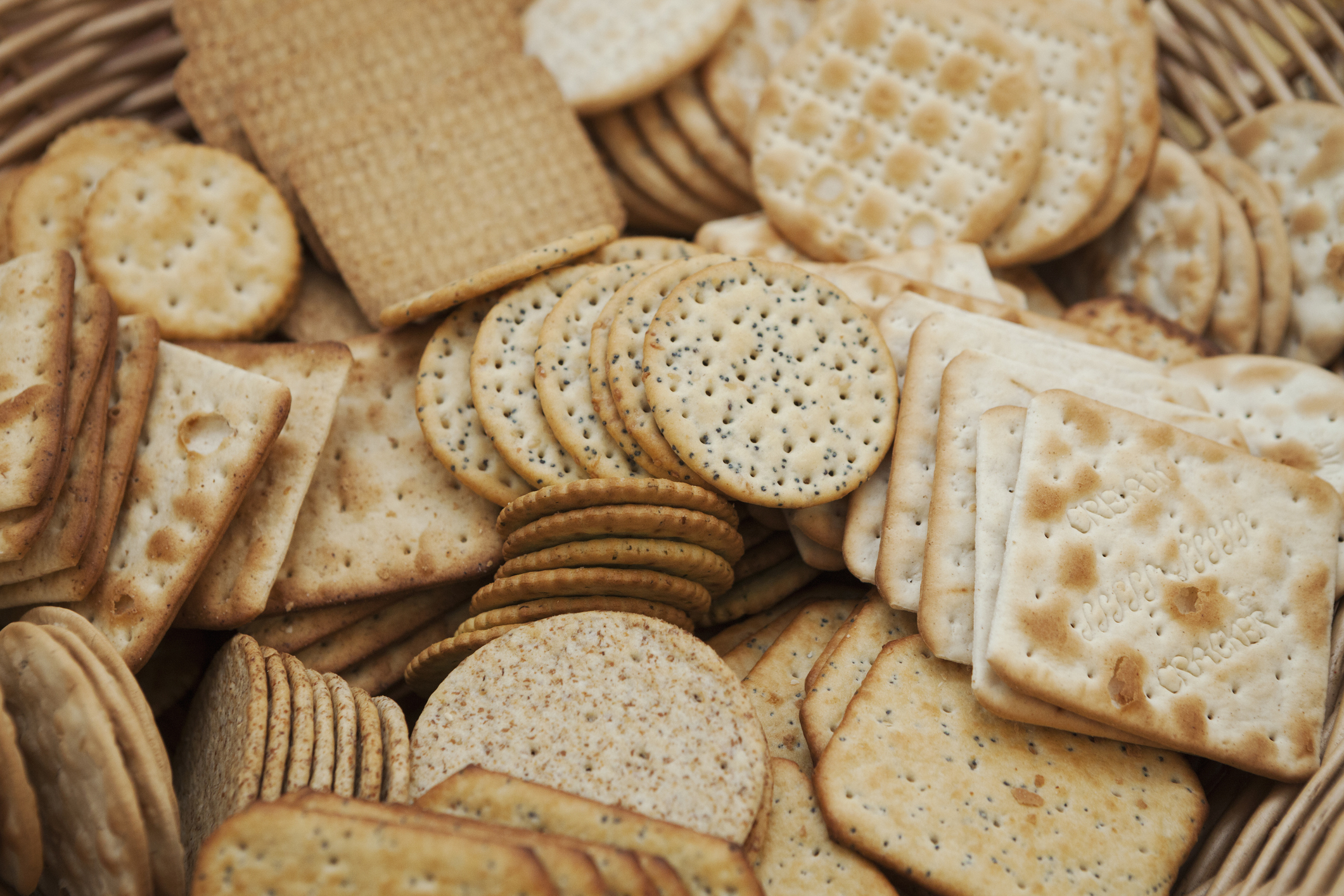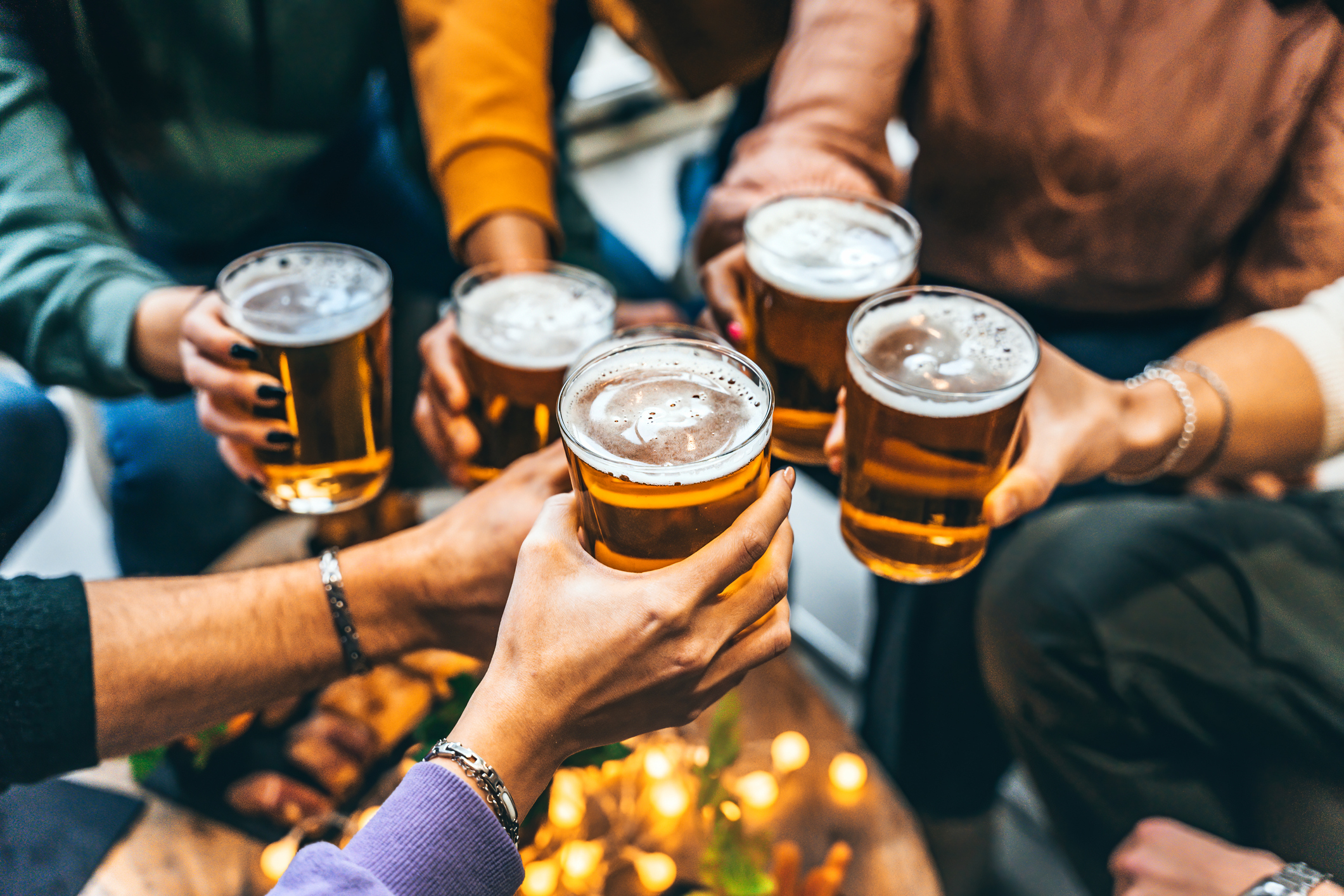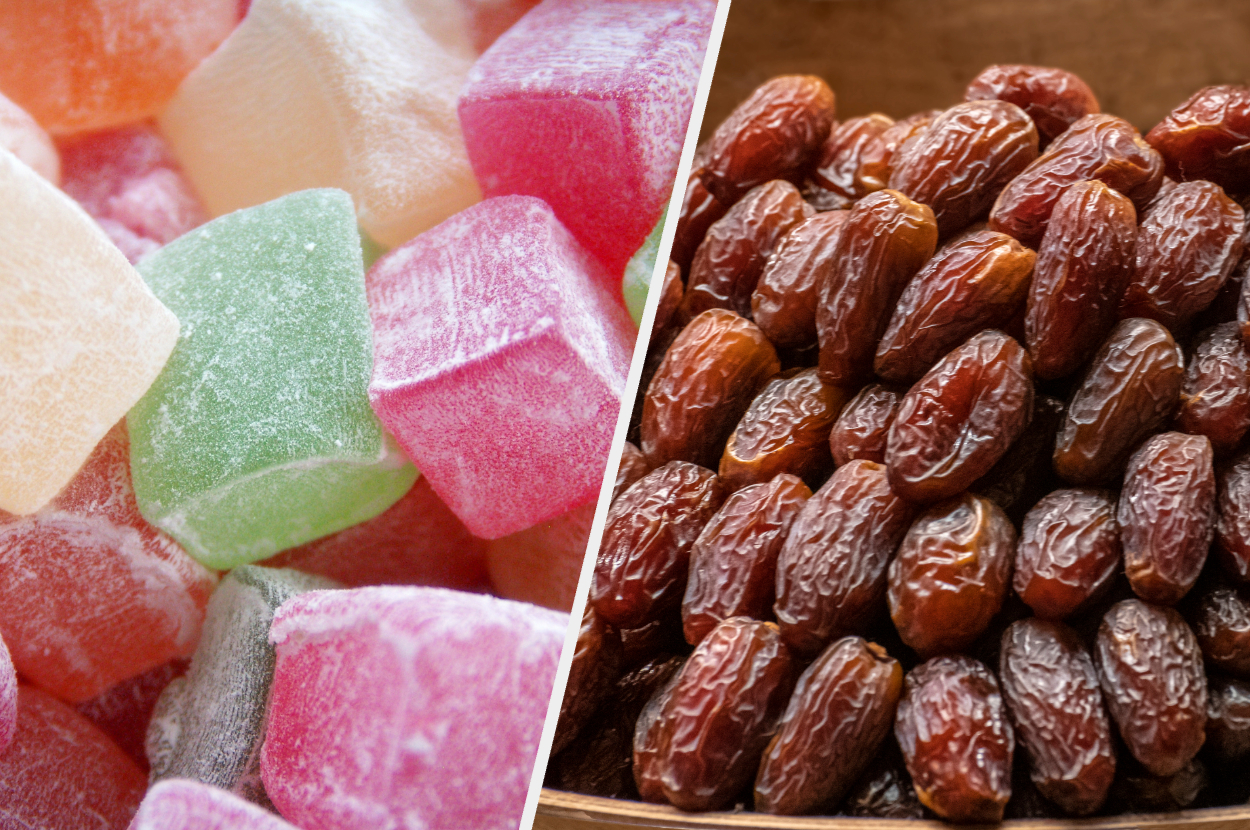" Nothing is leave to hazard ; all food for thought is tested for safety and gustatory sensation - tested by astronauts themselves . "
If you make the mistake of eating a gassy Cicer arietinum salad for lunch at the part , you might palpate a little grumbling in your stomach during your good afternoon meetings . But if your job is located inouter blank space , the result are a little more serious .
Astronauts have some degree of food choices , but the foods are often packed month forward of fourth dimension . On top of that , spaceman have to see out how to corrode in microgravity when their food for thought and utensils can swim up off the scale .

But with all the advance in food engineering , there are some foods that are just terrible in quad .
Why should we occupy ourselves about what cosmonaut rust in space?Vickie Kloeris , a food scientist and retired manager of space nutrient system for NASA , said , “ If you look at the history of the space program , human race in general has benefit from the technologies that have occur out of the space program . ” So see out how to keep astronaut healthy , happy and well - fed is an all important part of any space mission .
change state out , space experts have five character of foods that they would advise against consuming in space .

1. Items With The Highest Risk Of Foodborne Illness
Anyone who has had the misfortune of havingfood poisoninghas no desire to repeat the experience . “ Nothing would be more miserable than have vomiting or [ bad ] in ambit , ” Kloeris allege . Microgravity would make thing very messy and smelly , all in close quarters .
Many foods can be a hazard for food poisoning , include undercooked meat or seafood , unpasteurized milk products and plebeian yield and vegetables . Since the International Space Station has no consecrated food for thought icebox , everything want to be shelf - stable , excuse Kloeris , who ’s also the author ofSpace Bites : Reflections of a NASA Food Scientist .
There are eight general categories of food that astronauts can eat according toNASA . First , there ’s rehydratable food , where water has been slay and can be rehydrated before eating , like oatmeal , rice , ramen and powdered beverages . Thermostabilized food are processed with estrus and admit nutrient items like canned fish , yield and vegetable . There are intermediate moisture food for thought , which are intellectual nourishment that have some water removed and can include dry out yield and jam .

Next there are irradiated nutrient , which have been exposed to ionise radiation ( it ’s often used with centre products ) . Next are quick-frozen foods , like chicken can Proto-Indo European , and natural form foods that come in ready - to - feed parcel , like nuts and granola bars . The concluding two family are fresh food , which admit unprocessed food like vegetables or fruit ( these have to be take in quickly ) ; and then refrigerated foods , like milk product .
Since everything need to be ledge stable , NASA errs “ on the side of being buttoned-down on their microbiological requirements to prevent ” nutrient poisoning , Kloeris explain . Nothing is leave to chance ; all food is test for safety and taste - tested by astronauts themselves . A nutritionist reviews the astronaut ’s preferred menus to insure they have a balanced repast .
On top of NASA ’s rigorousness with astronaut food itself , the agency requires astronauts to quarantine seven day before launch to keep the work party healthy . That also intend that the cosmonaut do not eat out or at home , “ as this increased their exposure to others as well as their chance of contracting a foodborne unwellness , ” Kloeris said in her Christian Bible .

2. Military-Style Ready-To-Eat Meals
Meals Ready To Eat ( MREs ) are ego - contained , shelf - static rations used by the United States military . But unfortunately , they could wreak major mayhem in space .
MREs are high in salt and fatty tissue , which is important for the military since it provides Strategic Arms Limitation Talks to replace electrolytes sweat out in the desert and a lot of nutritionist’s calorie in a compact space , Kloeris explicate . But the high salt substance would worsen one of the known side result of microgravity — bone density red . Without the constant push of gravity , humans have been found to lose osseous tissue density while in space . NASA explains : “ For every calendar month in distance , astronauts ’ weight - hold bones become roughly 1 % less slow if they do n’t take precautions to counter this loss . ”
Significant exercise helps reduce bone density and musculus weakening , but diet plays a role . saltiness can exacerbate off-white departure — Kloeris said the first thing your doctor will state you if you have osteoporosis is “ do not wipe out a high - salt diet . ”

3. Crumbly Food
Nothing is quite as satisfactory as the crunch of a snappy Irish potato fleck . But fries , breads and other food that bring out crumb are bad in space .
It all comes down to microgravity . On Earth , stinkpot just fall down to the floor . But in space , they float and make a pickle . Jordan Bimm , a place historian and professor of skill communicating at the University of Chicago , noted that crumb could get into air filter , instruments on control panel and even astronauts ’ eyes . In 1965,astronaut John Younggot in fuss for smuggling a corned bitch sandwich into quad in Gemini III , but he only ate a lowly amount for fear of the crumbs getting everywhere .
While there have been endeavour to work Pringles and other crispy items into blank , it generally end up not deserving the great deal and anxiousness . Instead , astronauts preponderantly use tortillas in place of breadstuff . Other options are bite - sized crackers and cookies that can be eat up whole without many crumbs .

4. Bland Food
No one particularly like suave food for thought , but it is a fussy publication in space . Dr. Michael Harrison , chief medical officer for Axiom Space , noted that “ due to chemise in corporal fluids in microgravity , the astronauts often have a sense of facial and sinus congestion . This has an impact on their sense of smell and discernment . ” spicy sauce , like Tabasco or Sriracha , are particular favorite because they add a strong flavor to their meal .
But it is not just a matter of wanting to taste their food . Not only does food provide nutritional benefit , but eating tasty food also has psychological benefits . ” What combines everyone together ? It is food , ” explainedStephanie Wan , strategical partnership adviser in support of theDeep Space Food Challengeof the Methuselah Foundation . intellectual nourishment brings the crew together and encourage social soldering and team building , Kloeris noted .
In the beginning of the U.S. quad syllabus , NASA was pretty utilitarian when it came to food ; the agency ’s fear was providing calories and reducing the free weight of the food for the astronauts , explainedRichard Foss , culinary historiographer and writer ofThe Air and Space : The Surprising story of Food and Drink in the Skies . The government agency was not even certain if human beings could eat in infinite . The challenge was to make something thick , well usable by someone in gloves — since astronauts live in their suits in the beginning year of the program — that someone could squeeze into their oral fissure , bypassing the olfactory organ .
On top of it all , it was going to be cold-blooded since the capsule were unheated , Foss noted . And the first foods air up were mashed potatoes or pureed spaghetti .
“ If you call up of hold your nozzle and eating something directly from the refrigerator , you ’ll get an mind of how pleasurable this is , ” Foss pointed out . As a result , astronauts hat eating and came down to Earth dehydrated , hungry and disorientate , which is a substantial problem in prevent astronaut goodly and glad .
5. Alcohol
Having a glass of champagne sound like a perfect thing to drink while gazing back on the ground . But NASA and the International Space Station have banned alcohol . Kloeris noted that the proscription was initially due to safety concerns ; if we do n’t want pilot program and train conductors drinking on the line of work , we probably do n’t want astronauts buzzed or drunk in a complicated setup like a space watercraft . holding damage in outer space would be a huge problem .
In time , NASA learned that when recycling water and air , grain alcohol does not violate down . Kloeis noted that “ when ethanol gets in the air , it becomes a pollutant in the air system and then the pee arrangement . ” But of course , even though it poses a risk , an unofficial feeding bottle of hard liquor or two have made it into infinite , likecognac with the Russian cosmonaut .
More About What Astronauts DO Eat
It is not all doomsday and gloom when it descend to food . cosmonaut do have options ; Kloeris taper out that astronauts have over 200 dissimilar foods and beverage usable in the NASA program . Due to even freight to the International Space Station , astronaut can get some sassy fruits and vegetables , and sometimes even frozen treat . Wan said that the firstKorean spaceman , Soyeon Yi , bestow kimchi to outer space in 2008 . Harrison observe that Axiom has brought a variety of food for thought into quad , including “ jamón de Bellota , date , Arabic coffee bean , turron de Alicante , Swedish candy and Turkish delights . ”
But long - terminus space locomotion to Mars and beyond will need innovative solutions to keep astronauts well-chosen and healthy . Thanks to the work of companies and competition like the Deep Space Food Challenge , we will see some incredible technology that may touch on people both on Earth and space . And maybe someday astronauts may be able to safely enjoy a corned beef sandwich with thick cabbage . This clause originally appeared onHuffPost .